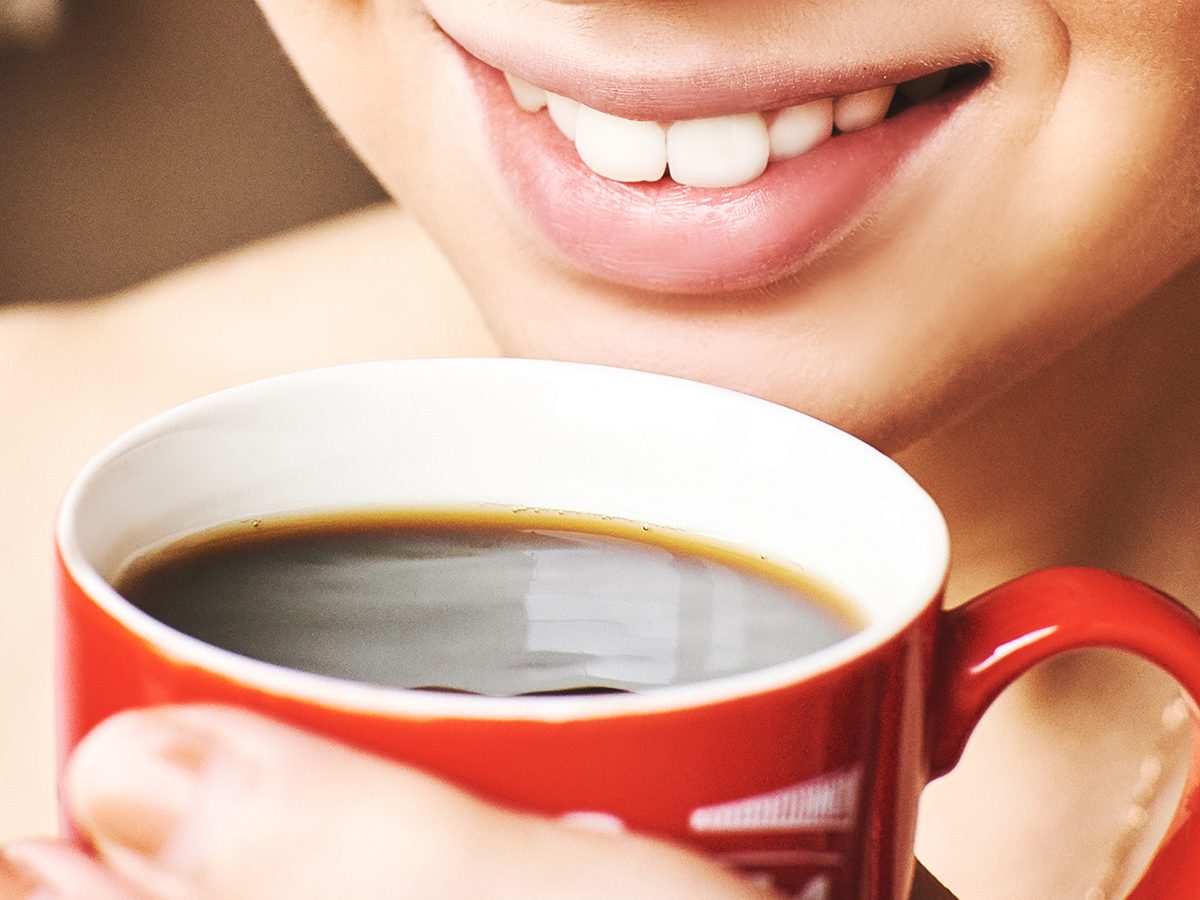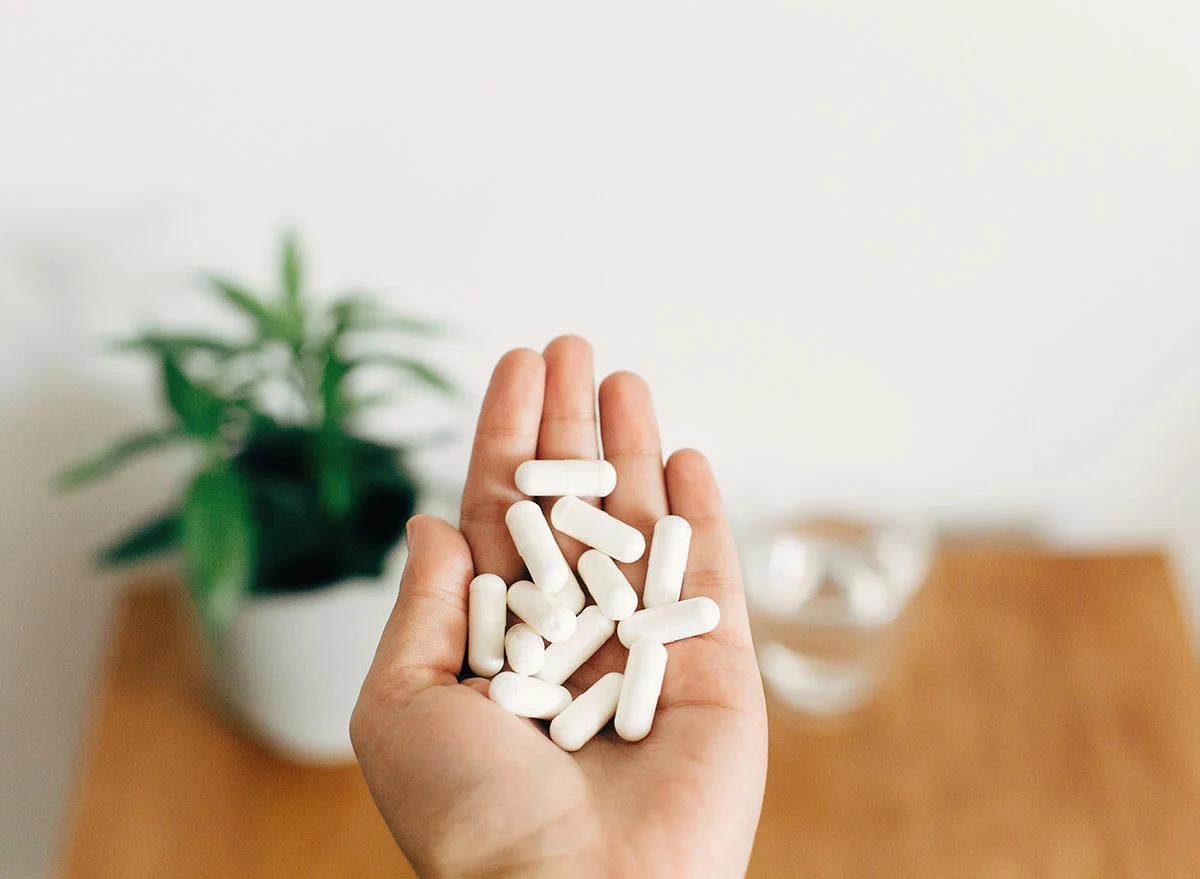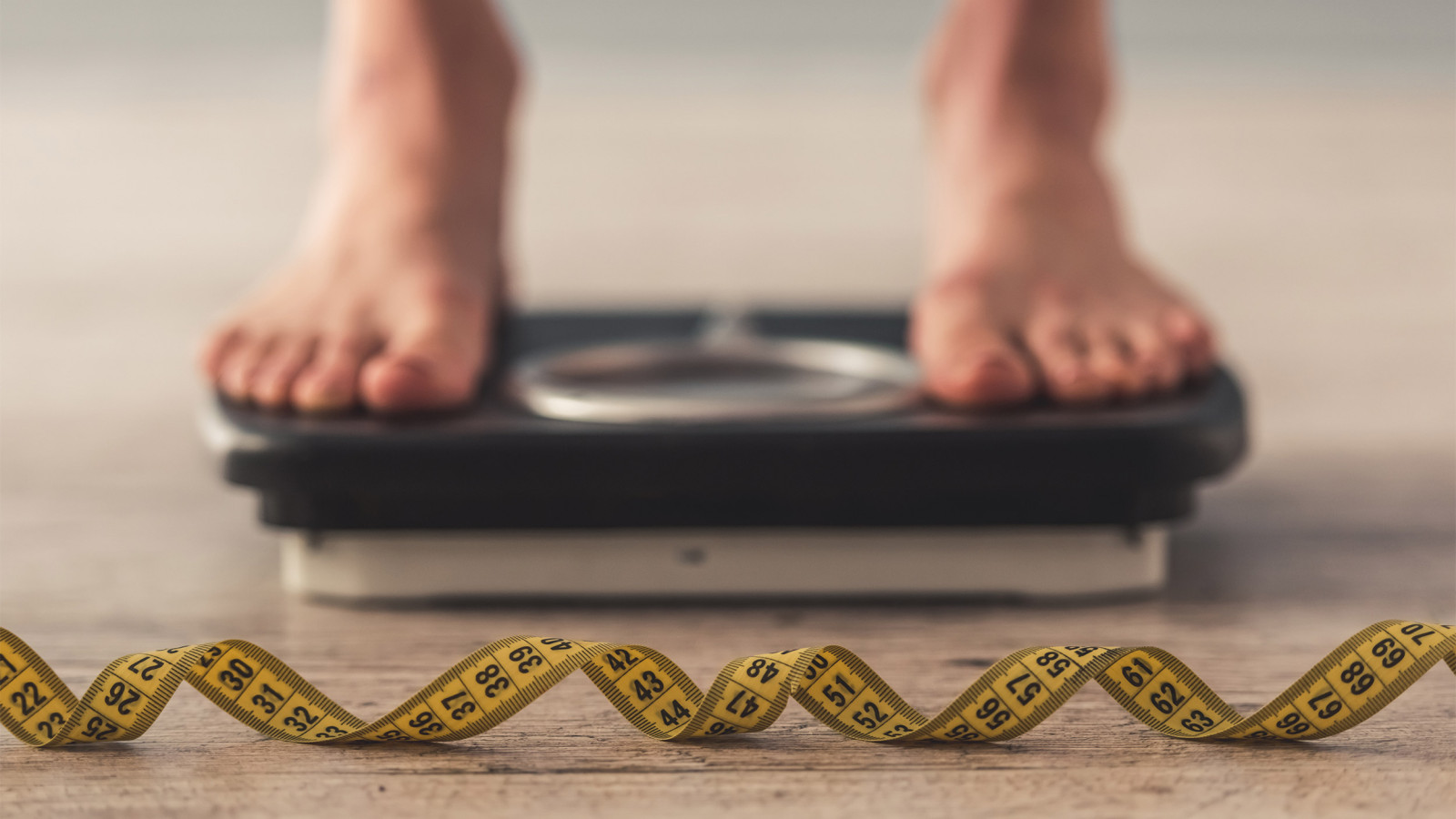
Get Rid Of Coffee-Stained Teeth
Coffee contains tannins, which cling to dental enamel and cause teeth to become discolored which is why coffee can cause stained teeth. Although the stains do not pose any health risks, some people choose to steer clear of them anyhow.
There are a variety of products available, such as whitening toothpaste, whitening strips, and even professional whitening treatments that can be used to remove Coffee Stained Teeth. However, make sure that you follow the instructions on the product very carefully since prolonged exposure to some chemicals can be detrimental to the gums and teeth.
After drinking coffee, you should brush your teeth and use a mouthwash to avoid getting stains on them. When you drink coffee, drinking using a straw can also help prevent stains from occurring.
Coffee is a terrific "pick-me-up" beverage and has numerous positive effects on one's health. More than half of all adults in the United States consume at least one cup of coffee per day, so it's easy to see why coffee is such a popular beverage. However, it does come with a few drawbacks, such as the fact that it makes it difficult to sleep, that it produces bowel movements, and that it stains teeth. Some of these undesirable outcomes just cannot be avoided. But there are many things you can do to prevent coffee from staining your teeth, and you don't have to give up drinking coffee or the benefits it provides.
Let's take a more in-depth look at how to get rid of coffee stains on your teeth and how to keep them from appearing in the first place.
Why Does Drinking Coffee Leave Stains On Teeth?
Tannins are the principal agents responsible for the discoloration of teeth caused by coffee. Tannins are also present in tea and red wine, which is why both of these beverages have the potential to discolor teeth.
Teeth have a protective coating called enamel, which is a strong substance that prevents decay and other types of harm. However, because the enamel is made up of very small pores, it is possible for very small chemicals, such as tannins, to become trapped within them. Brown pigments make up tannins. Therefore, when they become lodged in pores, your teeth may begin to take on a hue that is somewhere between yellow and brown.
Keep in mind that tannins benefit your health in some ways before you cut them out of your life. Tannins are a form of polyphenol, which is an antioxidant that comes from plants. Therefore, tannins are a significant contributor to coffee's beneficial effects on one's health.
What Are The Top Five Methods For Removing The Stains That Coffee Leaves On Teeth?
You can take various approaches to eliminate the stains that coffee leaves on your teeth. In this section, we will discuss the top five methods.
1. Toothpaste That Brightens Teeth
Abrasives are typically found in whitening toothpaste. The natural color of your teeth will be brought back by using these abrasives, which work by scraping the stains off your teeth. The abrasive that you use with this procedure will, unfortunately, also remove some of the protective enamel that covers your teeth. Many whitening kinds of toothpaste, in an effort to circumvent this issue, make use of gentler abrasives, such as sodium bicarbonate and calcium carbonate. However, it is possible that these gentler abrasives are not powerful enough to remove the stains that are on your teeth.
Whitening toothpaste may also contain other compounds, such as citrate or peroxide, that can enhance your smile's brightness.
2. Lightening Or Bleaching Strips
Whitening strips that can be purchased without a prescription are another well-liked method for removing stains from teeth. Despite the fact that they are commonly referred to as "bleaching strips," whitening strips do not actually contain any bleach (which is a good thing because ingesting it would be harmful).
The ingredient that is responsible for removing stains is called hydrogen peroxide, and many strips contain this ingredient. According to research, hydrogen peroxide strips are far more effective at whitening teeth than whitening toothpaste. Hydrogen peroxide, on the other hand, has the potential to make teeth sensitive and alter the oral microbiome (bacteria).
Dental strips can cause irreversible damage to a person's teeth when used too regularly. If you decide to go with whitening strips containing peroxide, you should restrict the number of times you use them and look for products with lower peroxide concentrations.
White strips made of phthalimide peroxy caproic acid (PAP) are one example of a more recent type of bleaching agent that can be purchased. There is not as much evidence available on how safe they are for use over an extended period of time because they are relatively new.
3. Treatments That Are Prescribed To Be Taken Overnight
Your dentist may also recommend whitening procedures that you can do at home. Carbamide peroxide, a specialized gel, and a mouthguard are both components of these therapies. Because treatments containing peroxide pose the same dangers to sensitive teeth as the underlying condition. However, the effects continue for a longer time than those produced by white strips used at home.
4. Whitening Your Teeth With The Help Of A Dentist
Whitening treatments using hydrogen peroxide or calcium peroxide can also be available at your dentist's practice. Because your dentist can use higher quantities of these substances, the changes to the color of your teeth can remain for a significantly longer period. However, because of the high concentrations, you will need to have these treatments performed by a trained specialist to protect your teeth and mouth from harm.
5. Practicing Good Oral Hygiene
Oral hygiene is the most important thing you can do to take care of your teeth, regardless of whether you go to a general dentist or a specialist. This involves performing dental hygiene routines like brushing, flossing, and going to the dentist for checkups and cleanings on a regular basis. Oral hygiene may not be able to address all of your concerns regarding the discoloration of your teeth, but it will ensure that your teeth and gums remain healthy. Furthermore, maintaining a healthy enamel layer is essential in the fight against tooth discoloration.
It is important to keep in mind that not everyone will benefit from these treatments. In addition, most people require more than one treatment to completely eradicate the coffee stains that have accumulated on their teeth.
Is It Safe To Use Whitening Treatments On Your Teeth On A Daily Basis?
According to the findings of several studies, prolonged contact with hydrogen peroxide, particularly in strong quantities, may be harmful to the teeth. It can cause your enamel to become brittle, make your teeth sensitive, and cause damage to the gums and tissue surrounding your teeth.
Always make sure to follow the tooth-whitening product's recommendations for the most reliable and risk-free results. If the product didn't give you the desired results, wait the amount of time the manufacturer recommends before giving it (or another whitening product) another shot. Verify further that the product has been granted permission to be sold by the American Dental Association (ADA).
Talk to your dentist about the several treatment options that are available to you. Your dentist will also be able to assist you in determining whether or not the discoloration of your teeth is caused by something in addition to coffee.
What Are The Most Effective Measures That May Be Taken To Protect One's Teeth From The Effects Of Coffee?
Getting rid of the stains that coffee leaves on your teeth can be time-consuming and pricey. Fortunately, keeping teeth from becoming discolored by coffee is considerably simpler:
Consider sipping your coffee using a straw instead of your regular mug. It lessens the amount of touch that the coffee has on your teeth.
Brush your teeth after drinking coffee: Brushing your teeth within thirty minutes of drinking coffee can help remove tannins from your enamel before they have a chance to cling to pores. This is especially helpful if you have sensitive teeth.
Rinse your mouth with water after drinking coffee: If you cannot clean your teeth after drinking coffee, try rinsing. Even though it won't remove nearly as many tannins from your enamel, it's better than doing nothing. You may either use water or mouthwash for this.
Chew gum: Chewing gum stimulates saliva production, which may prevent tannins from adhering to enamel by increasing saliva volume.
Add milk or cream: If you prefer your coffee black but despise the stains it leaves behind, you might want to rethink the idea of adding milk or cream. According to the findings of one study, diluting black tea with milk greatly lowered its staining potential. Because tea contains a higher concentration of tannins than coffee does, it is possible that tea leaves even more stains than coffee does. Another study found that drinking black coffee was associated with a greater level of staining of dental composites compared to drinking coffee with milk or cream.
Conclusion
Drinking coffee can cause Coffee Stained Teeth. The tannins cause the yellowish-brown hue of your teeth in coffee, which adheres to the enamel on your teeth. There are a variety of products available, such as whitening toothpaste, whitening strips, and even professional whitening treatments that can be used to remove coffee stains from teeth. If you want to totally remove coffee stains from your teeth, you might need to undergo more than one treatment. Using a straw and brushing your teeth immediately after drinking coffee makes it feasible to prevent at least some coffee stains from occurring.



















